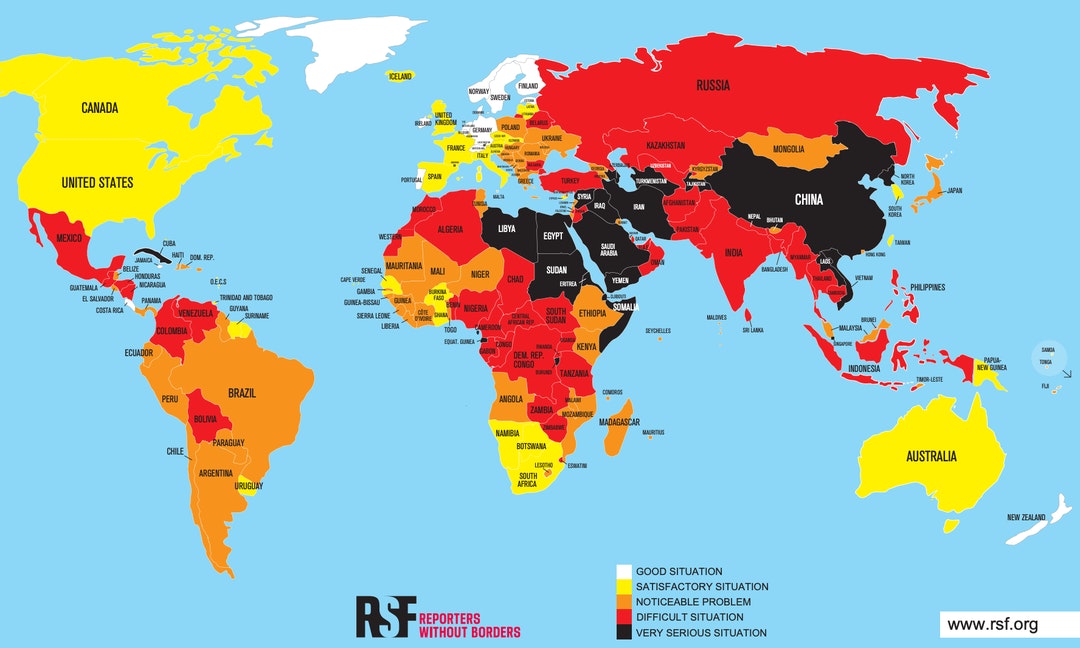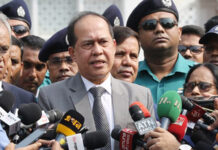
RSF has released its 2020 World Press Freedom Index, highlighting the restrictions that remain in the Asia-Pacific. The News Lens reporters and editors offer their insights and context for the report.
The Index, which measures the level of media freedom around the world, suggests that journalists are entering a critical decade with various crises. Governments have exploited the Covid-19 pandemic, namely, to expand their control over public health information, suppressing press freedom.
The global rise of populism arousing public distrust of journalists, along with an impending economic crisis that threatens the very existence of many media outlets, will put the future of journalism to test.
In the last year alone, the Asia-Pacific region’s declining press freedom was exacerbated by totalitarian practices. With the passing of POFMA, or the anti-“fake news” law, Singapore (down 7 to 158th) switched its color from red to black on the freedom index map. Meanwhile, Hong Kong (80th) also fell seven places because of the city’s poor treatment of journalists during the pro-democracy protests.
“A lot of the police hate reporters and lack emotional restraint,” said Kayue, a Hong Kong-based editor for The News Lens. “They would just keep verbally abusing you even when there are no clashes.”
Much like in Hong Kong, journalists in countries like the Philippines (down 2 at 136th) and India (down 2 at 142nd) who are critical of government actions are labeled as “anti-government” and are subject to the risk of arrest.
One of our Philippines-based contributing reporters, Michael Beltran, was labeled as a “spy” by a state news agency because of his reporting on the missing minors who have allegedly joined the communist guerillas.
North Korea took the very bottom of the index (180th) again after climbing up one place in 2019, followed closely by China (177th), which has over 100 journalists detained currently.
The slipping of Australia’s ranking is even more alarming. Formerly hailed as a regional model for media freedom, Australia fell five places “because of federal police raids on a journalist’s home and the state TV broadcaster’s headquarters,” according to RSF.
Taiwan (43rd), which enjoys greater press freedom than most Asian countries, is down one place because the local media’s profit-seeking business model has encouraged sensationalist reporting.
But it might be too optimistic to assume there’s progress in media freedom along with the government change. Toh Jin Xuan, our ASEAN editor, said the current Malaysian government is made up of conservative politicians who have no aspirations for true democracy. It would be hard to forecast what attitude Malaysia would take towards the media moving forward, especially during a lockdown, he said.
If the latest RSF indicators taught us anything, it is that even in developed democracies, press freedom is not a guarantee, but an ongoing battle — and the decade ahead is all the more crucial to our identity and existence as journalists.









